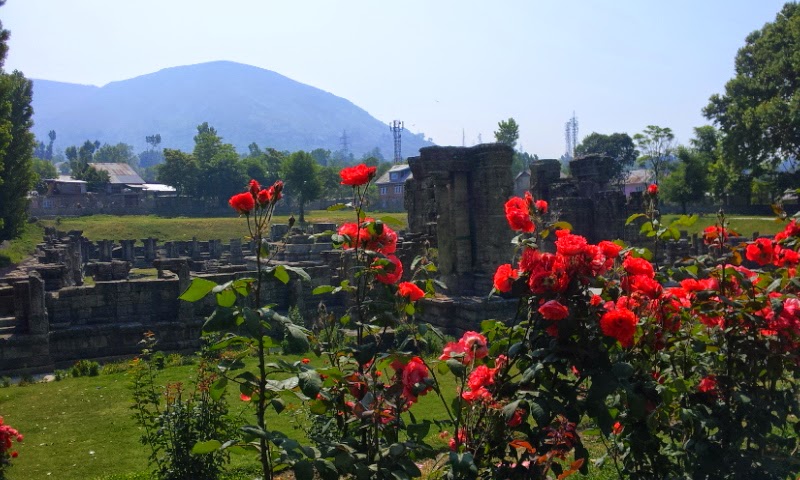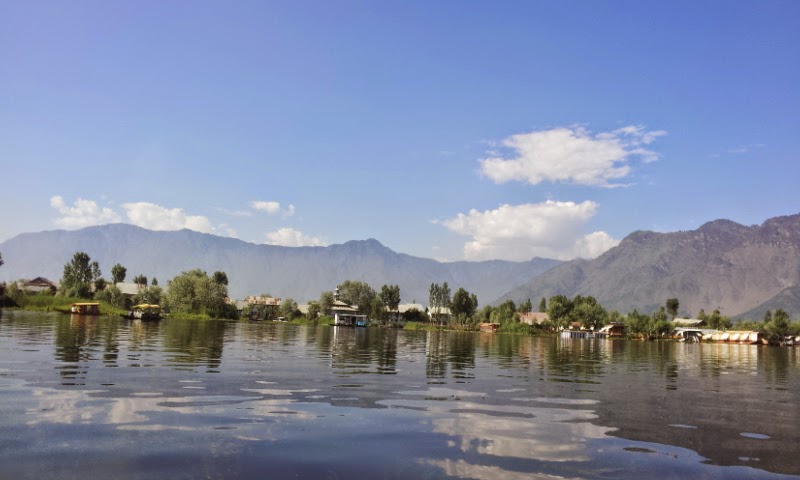DMRC Report (2009) on Pune Metro
According to latest news article
Centre okays metro, asks Pune Municipal Corporation to plan mono rail, Pune metro route will be based on DMRC report (2009).
Official documents related to Pune Metro including
DMRC report (July 2009) on the
PMC website for Pune citizens (and elected representatives) to study, understand, think carefully.
I spent some time studying first 3 chapters of the document, with
expectation to find clear description of :
- What is current traffic/transportation situation in Pune region?
- Why metro is needed for Pune region?
- How best routes for the metro are identified?
- How metro is guaranteed to solve traffic problems and how to
measure the progress/improvements in quality of life?
- I also expected that PMC would append it's own report to the DMRC report, about how other modes of transportation (PMPML, BRT, Cycle tracks, 2 wheeler Parking etc. etc) will be integrated with proposed Pune Metro. What are targets/objectives/goals to be achieved before finalizing Pune metro.
Please go through the DMRC report and related article to check if you find answers to above questions and if they satisfy you.
In this blog post, one specific aspect about proposed Pune Metro project is discussed.
Reuse of existing railway tracks
How we can improve public transportation capacity and quality, with
maximum probability of success and minimal investment? What if Pune
metro is created reusing existing railways tracks.
 |
| Re-using existing tracks for Pune Metro |
Note: BRT and cycle tracks shown in above figure are approximate just to illustrate the integration with other project.
Note: PMRC stands of Pune Metro Rail Corporation (just for example)
As shown in the above figure:
+ Concept involves taking over Indian railways tracks in central areas of Pune region and converting them into Pune metro (above ground local trains). Full capacity will be used. If needed additional capacity could be added (TODO: How?).
+ What happens to long distance trains of IR? Indian railways is requested to create a new track on the out skirts of the city. New railways stations will be constructed, one for Pimpri chinchwad and other for Pune. New modern Railway Stations will be connected to city by Pune metro and BRT.
+ What happens to long distance connectivity? Western part of Pune region is already well connected to other regions due to NH4. New track by IR will connect eastern part of Pune. This is good balance.
Note : I do not have any degrees in Urban planning or transportation. This
is a suggestion that needs more thought and official response/explanation.
If I get time, I would like to discuss this idea with officials and like to hear the counter argument. Feel free to print this post and discuss with relevant people.























